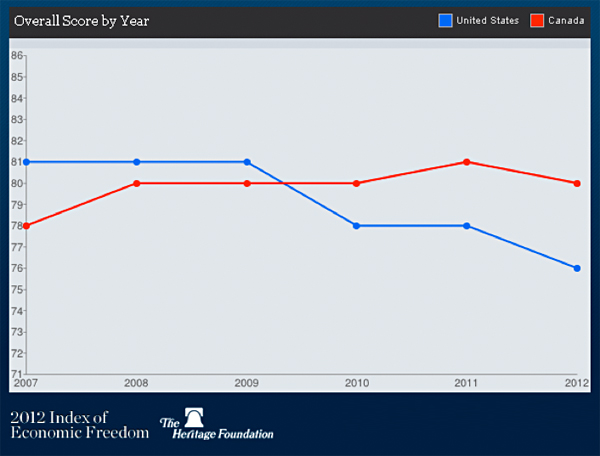(Albuquerque) The Competitive Enterprise Institute and Rio Grande Foundation today released a joint working paper criticizing the Regional Haze settlement agreement recently proposed by the New Mexico Environment Department. The study is the first independent analysis of the settlement, which would resolve an ongoing dispute between the state and the Environmental Protection Agency over the haze-causing emissions from the San Juan Generating Station.
“EPA’s Regional Haze plan would impose almost $375 million in compliance costs on PNM ratepayers, in order to achieve an “improvement” in visibility that is imperceptible,” said CEI policy analyst William Yeatman, who authored the report. “Unfortunately, the state’s alternative proposal is even worse—it would cost almost $20 million more, yet it would significantly diminish PNM’s firm generating capacity. To put it another way, the state’s alternative would cost more, for less.”
At issue is an EPA regulation, known as Regional Haze, which requires that states improve visibility at federal National Parks. In June 2011, New Mexico proposed a Regional Haze plan that required a $36-million retrofit at the San Juan Generating Station. Three months later, in August 2011, the EPA rejected the state’s plan, and imposed a federal plan that required a $375-million retrofit at the power plant—more than ten times the cost of the state’s original plan. During the summer and fall of 2012, the New Mexico Environment Department led negotiations, in an attempt to reach an alternative agreement that would bridge the gap between the state and the EPA on Regional Haze.
In early October, after months of negotiation, the New Mexico Environment Department proposed a settlement agreement, which was then sent to EPA for review. Unfortunately, the Environment Department refused repeated requests for details on the settlement agreement. Despite the lack of specifics, it is nonetheless possible to perform a line-item cost analysis of the proposal, using regulatory filings submitted by PNM and conservative assumptions.
“New Mexico is much better off continuing to fight for its original, affordable Regional Haze proposal in court,” noted Yeatman, referencing litigation launched by the state against the EPA over the Regional Haze regulation in late 2011. The case is pending before the Tenth Circuit Court of Appeals. He continued, “Due to the unique prerogatives accorded to states under the Regional Haze program, New Mexico’s lawsuit has good prospects for success. Even were New Mexico to lose its case, suffering the EPA’s regulation would be better than the settlement negotiated by the New Mexico Environment Department.”
Added Rio Grande Foundation President Paul Gessing, “New Mexico rate payers deserve the best rates possible. While environmental concerns are important as well, the original proposed retrofit is far more sensible and cost-effective than the other two options.”
To read the report, click here.”





